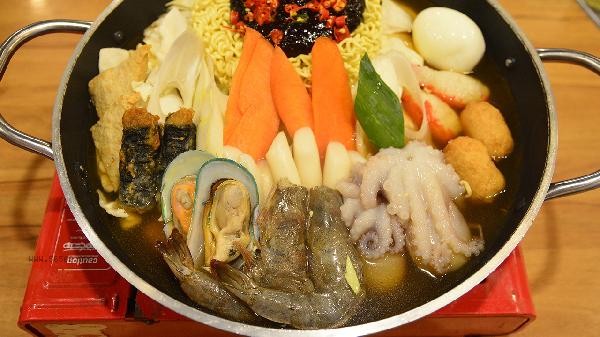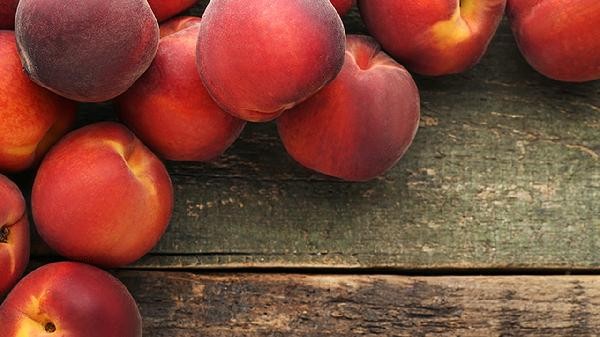It is recommended to refrigerate, freeze, or thoroughly heat leftover food according to its type and storage conditions before consumption, avoiding prolonged storage at room temperature. The correct handling methods mainly include classified and sealed refrigeration, placing in the refrigerator within 2 hours, sufficient heating and sterilization, making new dishes for reuse, and timely disposal of inedible parts.

1. Classified sealed refrigeration
Different leftovers should be stored separately to avoid cross contamination of flavors and bacteria. Cooked food should be covered with plastic wrap or sealed in a box, and it is recommended to use glass containers for soup. Leafy vegetables are not recommended to be stored overnight, while meat and soy products can be refrigerated for 1-2 days. The refrigeration temperature should be kept below 4 ℃, and be careful not to block the refrigerator air outlet when placing it.
Putting food in the refrigerator within 2 hours
Keeping food at room temperature for more than 2 hours can accelerate bacterial growth. After the dinner party, the unfinished dishes should be promptly packaged, and hot food should be cooled to below 60 ℃ before refrigeration. Rice noodles and other staple foods are prone to breeding Bacillus cereus, so special attention should be paid to rapid cooling. In high temperature environments during summer, food exposure time should be shortened to within 1 hour.
3. Fully heat and sterilize
Before consuming again, it is necessary to thoroughly heat it to a center temperature of 75 ℃ or above and maintain a boiling state for at least 3 minutes. Meat should be free of blood streaks, and soup should be completely boiled. Microwave heating requires stirring midway to ensure even heating, and fried foods need to be reheated. Repeated heating should not exceed once, and leftovers with sensory abnormalities must be discarded.

4. Making new dishes and reusing
Surplus rice can be used to make Fried Rice or Congee. Meat is suitable for stewing vegetables or filling. Vegetables can be added to soup or pancake. Changing the shape can enhance appetite, such as chopping stewed meat into minced meat buns. Fresh auxiliary materials need to be added during processing to ensure sufficient overall heating. The remaining fried ingredients can be re fried to make salad toppings.
5. Dispose of inedible parts in a timely manner
Foods that have a sour taste, mucus, or mold must be discarded, and seafood that can easily produce histamine overnight should be handled with caution. Food with a moldy area exceeding one-third still poses a risk even if the moldy part is removed. Infants, pregnant women, and immunocompromised individuals should avoid consuming any overnight cold dishes and raw food.

It is recommended to control the amount of cooking according to the number of diners and use small portions for multiple cooking. Regularly clean the refrigerator to maintain hygiene, and label the storage date when using the fresh-keeping box. For perishable foods, it is recommended to use the water bath rapid cooling method, which involves placing a sealed container in a mixture of ice and water to quickly cool down. For long-term storage, vacuum packaging and freezing can be chosen, but it should be noted that the freezing time should not exceed one month. Special populations should prioritize consuming freshly prepared food to reduce the risk of leftovers.








Comments (0)
Leave a Comment
No comments yet
Be the first to share your thoughts!